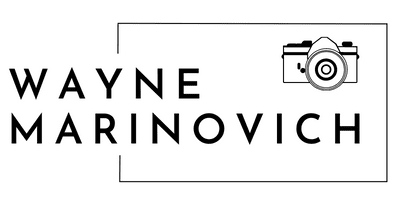Introduction
Let’s start off with some disclosure upfront. I’ve been interested in the technology behind cryptocurrencies for the last five years. The leap from crypto to the new technologies coming down the road was, therefore, a little easier for me. As a photographer of thirty-plus years and a published author for over a decade, I try to keep on track of new technology that keeps coming at us. I do this for the simple reason that as a creative who sells his work, I need to be aware of where my potential clients, or at least my current ones, could migrate to.
We’re in a tech boom at the moment, which will lead to many getting rich and many being left behind. This is okay. Most people will still be happy to keep taking photos and selling them via the Facebooks and Instagrams of the world. Business models tend to be some way behind the technology. I think this because there’s still a way to go before NFTs might go full mainstream. Personally, I just like to get in as early as possible with these types of things.
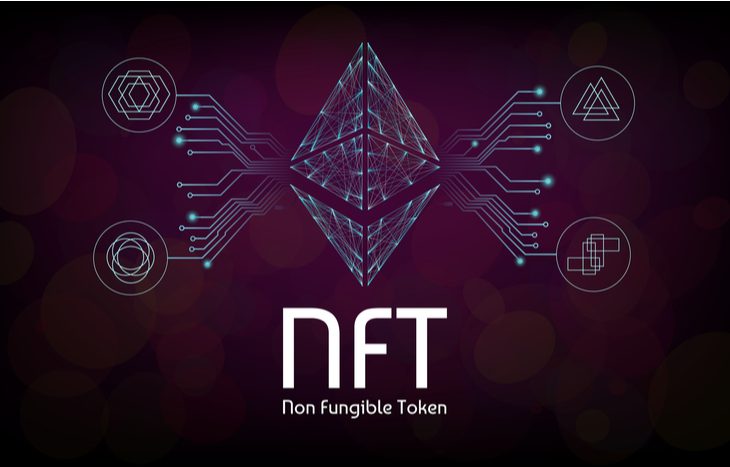
What is an NFT?
First up – the technology
“The virtual world will open thousands of new opportunities for this new generation” – Anuj Jasani
Let’s start with the obvious – NFT stands for non-fungible token.
While many cryptocurrencies are hailed as new digital money or at least a new asset class outside our legacy financial system, NFTs can be thought of as the digital answer to collectables (art, memorabilia etc.). To the real techies out there, this simplification is for people who are not at your level yet, so you’d be better heading off to read other articles.
First, let’s start with what a fungible asset is. It is something that can be readily interchangeable – like money, for instance. You can interchange a £10 note for two £5 notes, and they will have the same value. With something that is non-fungible, this is impossible. It’s the opposite because it has unique properties that can’t be interchanged with something else. Examples of something non-fungible might be the house you bought or the Mona Lisa hanging in the Louvre.
NFTs are “one-of-a-kind” assets in the digital world. You could photograph the Mona Lisa and make a print and sell it (as the Louvre gallery shop does), but the oil painting remains unique and original.
The T in NFT is a digital token that can be thought of as a virtual certificate (a cryptographic signature) of ownership on a blockchain.
What is a blockchain?
Below is an excellent description of what the Bitcoin blockchain is if you are interested. Remember, you have been using the internet for a long time now without much knowledge of how it works or what protocol it uses to operate.
A blockchain is a distributed database that is shared among the nodes of a computer network. As a database, a blockchain stores information electronically in digital format. Blockchains are best known for their crucial role in cryptocurrency systems, such as Bitcoin, for maintaining a secure and decentralized record of transactions. The innovation of a blockchain is that it guarantees the fidelity and security of a record of data and generates trust without the need for a trusted third party.
One key difference between a typical database and a blockchain is how the data is structured. A blockchain collects information together in groups, known as blocks, that hold sets of information. Blocks have certain storage capacities and, when filled, are closed and linked to the previously filled block, forming a chain of data known as the blockchain. All new information that follows that freshly added block is compiled into a newly formed block that will then also be added to the chain once filled.
A database usually structures its data into tables, whereas a blockchain, like its name implies, structures its data into chunks (blocks) that are strung together. This data structure inherently makes an irreversible timeline of data when implemented in a decentralized nature. When a block is filled, it is set in stone and becomes a part of this timeline. Each block in the chain is given an exact timestamp when it is added to the chain. – Source: Investopedia

Image credit: Unknown source – blockchain
Some benefits
So as a photographer and author who has delved deep into the beast of this new tech, let me start by summarising it in as few words as possible. NFTs for the less technically minded can be understood as follows – A receipt proving ownership of a unique digital item. Your goal as a creative is to produce unique NFTs for someone else to invest in and own. On a side note, you still retain the copyright as the creator of the content. The investor doesn’t own the photograph, they own the unique NFT you minted of your photograph (the collectable).
Traditional works of art are one-of-a-kind pieces that have scarcity inherently built-in into them. This is opposite to everyday digital computer files that can be copied and replicated over and over again. When you tokenise an item (or mint an NFT), a unique record is created on a blockchain. These tokens cannot be forged because said blockchain (ledger or list of records) shows who owns what on the chain. Copies of these ledger transactions are then validated and maintained by thousands of decentralised computers worldwide.
NFTs can also contain things called smart contracts. These mechanisms may allow the original artist of the NFT to have a small percentage of all future sales of the token, no matter how many times it is sold onwards. Please check the small print of the NFT site you want to upload your work to because some don’t offer this. Out in the physical, creative world, onward royalty payments don’t happen for your art or work. However, once your NFT is sold to a collector, some royalties are paid to you should that collector sell it on to another collector. As a creator of digital content, this excites me.
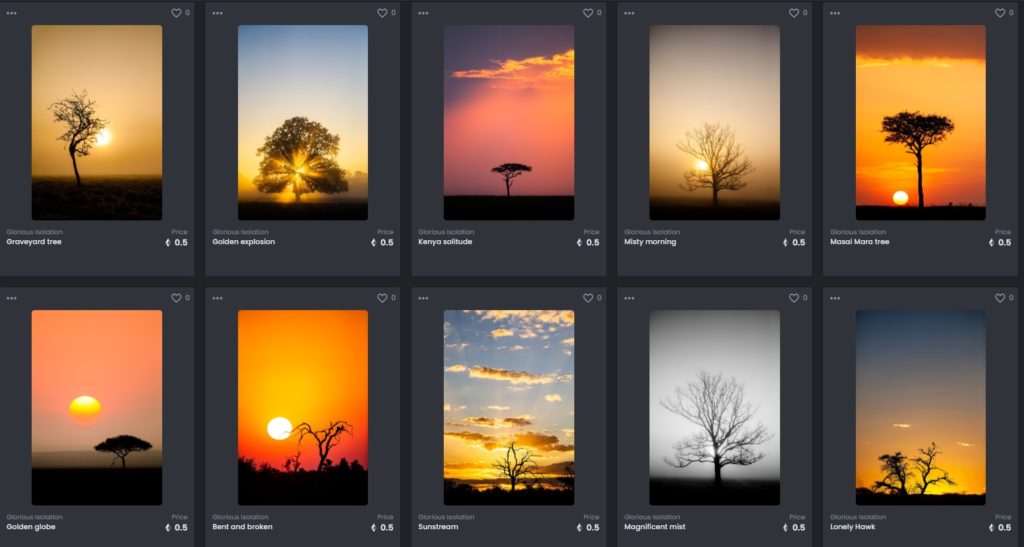
One of my NFT collections – Glorious isolation available on Opensea
Is it a craze or the future?
“Technology like art is a soaring exercise of human imagination” – Daniel Bell.
Adoption curve
Is it a simple craze or a future trend? I believe it’s tough to tell at this point, but it has had tremendous adoption amongst crypto and blockchain followers. General acceptance is starting to bleed across to many other markets, increasing the network effect, which leads to early adopters piling in.
On any IT platform, new technology or new software goes through similar trends or fads when it comes to adoption. Some make it into the mainstream, and others disappear. Despite the craze and mania, there are people and businesses who will rile against new technology because they hate the change from the systems they know. If you disagree with that, try getting a person off Facebook and Instagram onto something new.
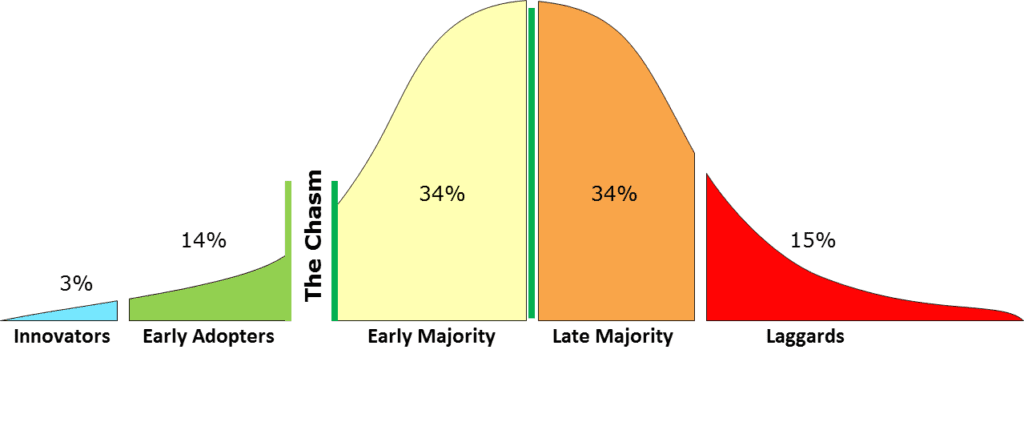
Stages of Adoption model
Get in early
Like with all significant technology developments, whenever something comes along that could alter our way of life, it triggers the “fad vs trend” debate. Just look at the dot-com era, which, while it was a crazy period where many adopters lost their shirts, significant developments came out of that period, e.g., e-commerce and its shopping cart. A few companies like Amazon, Facebook, Google, etc., went on to change our way of life forever.
Sometimes, radical ideas are sitting, waiting for the technology to play catch-up, and on other occasions, technology leads the way to ideas that have never been thought of before. I believe the latter to be true of some of the exciting tech coming with the development of blockchain tech. In the above diagram, we are currently in the “early adopters” phase, so NFTs could crash and burn or go on to change our lives when everyone finally gets on board.
My philosophy is that you can get in early and reap early adopter benefits regardless. If it turns out to be a fad, you will have wasted some time but at least had some fun and made a little profit (hopefully). Creating new work and getting it in front of where my clients are is my goal here. Whatever NFTs mean in the long term for creatives, they are here and offer the potential for many people to invest in your work.
Is it a bubble?
Yes, it is, but then again, all asset classes tend to be at some point. Global stock markets, real estate, and commodities are in bubble territory right now and will eventually burst (which doesn’t mean disappearance). It will be messy, and there is no knowing if NFTs will survive that collapse in the form they are now. However, I am convinced the technology and foundations of digital assets will stay in one form or another.

Paul Krugman – Nobel prize for economic sciences 2008. I kid you not.
Does the debate matter?
This new technology certainly makes for great debate around the world, but in the end, it is only time and market sentiment that will settle it. Early adopters of all things get the best rewards, and NFTs are making some people stupidly wealthy. I welcome any ethical means for people to make money in our society, so why not take the plunge and get stuck in?
Today, most people don’t understand crypto, NFTs and Metaverse much in the same way they didn’t understand online shopping in the late nineties. That all changed as the internet, particularly browser development, evolved. The underlying internet protocols as we know them started in the seventies, but the internet browsers that made it so easy for us to use only arrived in the early nineteen-nineties.
NFT’s direct integration with cryptocurrencies and Web3 (the next generation of our internet??) makes it a possible future financial system. All they point towards is possible mass adoption. These technologies continue to show increasing momentum – a sign that it has enough steam to challenge the current web2 environment at this sustained level of investment and innovation. I believe it will be a few more years before we see Web3-type browsers, and when that happens, mass access and adoption could be rampant. Then again, it could simply pass us by as something new comes along.
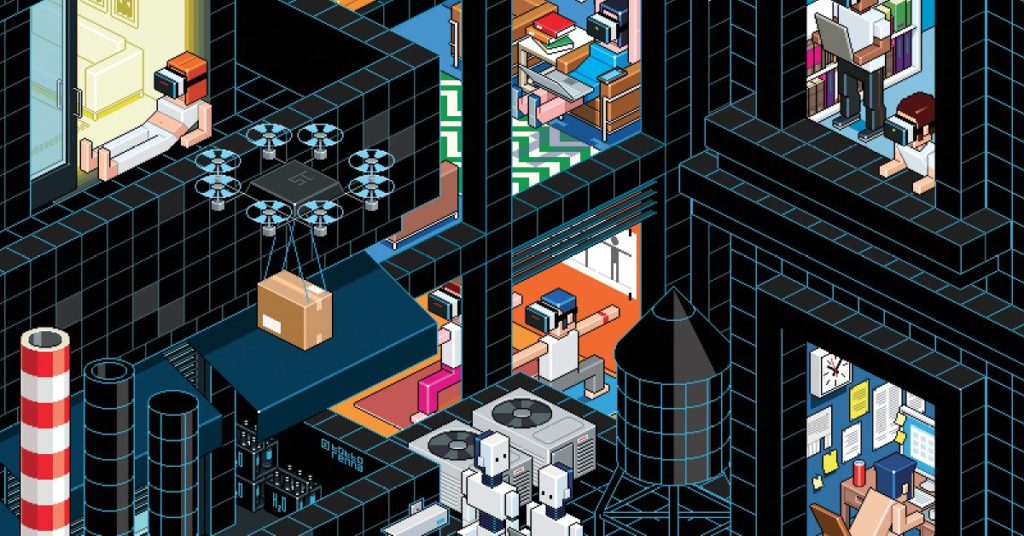
Metaverse
In conclusion
Do I think that NFTs are part of the future? Yes and no. I certainly believe they are paving the way for the next generation to buy, collect and sell collectables. Sometimes that will be for the love of collecting, and other times for profit. If you’re an artist, sportsman or content creator, there is money to be made out there. If you believe in it or not is your choice. I will continue to see it as a potential tool to make money and get my work in front of new audiences. Whether I make a fortune or not, which is not the sole driver, is not the point. My goal has always been to create content and develop passive income streams. The type of income that works while you sleep and hopefully makes the money that allows me to create more.
I hope this has made it clearer if you had no idea what it was all about before. Please feel free to email me if you need more information. I will help if I can directly or put direct you to people with more detailed information.
Get 2 FREE ebooks when you sign up for my newsletter.
